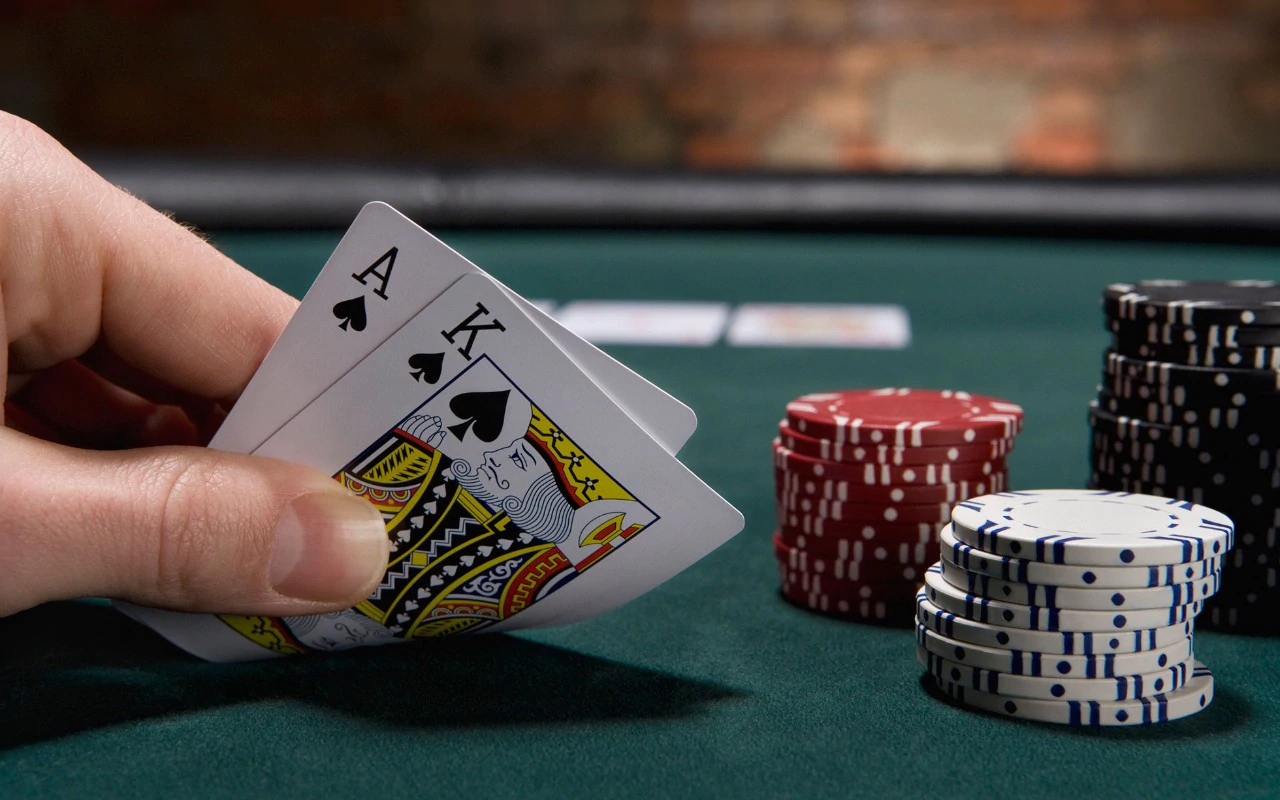Understanding the fundamentals and terminology associated with poker are essential for any newcomer to the game, ensuring they can play confidently and enjoy every experience!
When playing poker, there are different betting intervals which players can take advantage of in order to maximize winnings while limiting losses with poor hands. A firm understanding of these betting intervals will enable you to optimize winnings while mitigating any potential losses due to poor hands.
Betting intervals
Betting intervals, or the amounts players can wager before folding, are an integral component of poker play. They range from beginner-friendly increments of chips all the way up to hundreds of dollars for experienced pros – the former known as an “ante”, while a larger amount may be known as “pot”.
An excellent way to learn these tidbits is through participation in a poker game with friends or strangers, which presents its own set of unique challenges and rewards. One such challenge lies in identifying whose turn it is to place a bet, but developing the habit of calling your bets and ignoring those who fold will increase your odds of victory; an exciting part of any good poker session comes at its conclusion, when we get to see who the winners are!
Limits
Limit poker requires that players are limited in terms of how much money they can wager and raise; typically these limits start from $2/4 and extend up to $4/8 depending on the game in which you’re participating.
Limits are critical in grasping the fundamentals of poker and common terminology because they affect your strategy and how you approach playing. They help prevent costly errors from taking place that could cost money or be detrimental to your game.
An effective limit poker strategy requires careful analysis of betting intervals and player reads in each hand, as well as maintaining an even approach across longer sessions.
Fixed-limit hold’em is a game in which bet sizes are fixed at regular intervals, requiring each round to make either a small bet or raise for a large sum of money. This allows players to focus more on winning odds than on how much to bet or raise.
Bluffing
Bluffing is the practice of deliberately misleading your opponents to make your weak hand appear stronger than it actually is. Bluffing can help increase your winning odds in poker tournaments and win more pots overall than would otherwise be possible.
An effective strategy for bluffing is knowing when and where to bluff. By paying attention to your opponents’ images, strength of hand, position history and size of bet, you will know whether or not to make a move.
Bluffing comes in two varieties – pure (when an attempt is made to scare an opponent into folding), and semi-bluffs, made using hands with potential for improvement during play.
Dealer button
Understanding the basics and common terminology related to poker is vital for effective gameplay. Terms such as “stake” and “collusion” might appear simple at first glance, but they can become increasingly complex over time.
One of the key aspects of poker is identifying who deals each hand and its impact on other players. This is accomplished by moving a small white disc called the dealer button clockwise between each hand’s end and start time, known as a button.
The dealer button is an essential component of the game as it helps players identify who will act first in each betting round. Being visible from across the table, players can quickly scan clockwise until they identify a person holding live cards who will act first and initiate each betting round.





